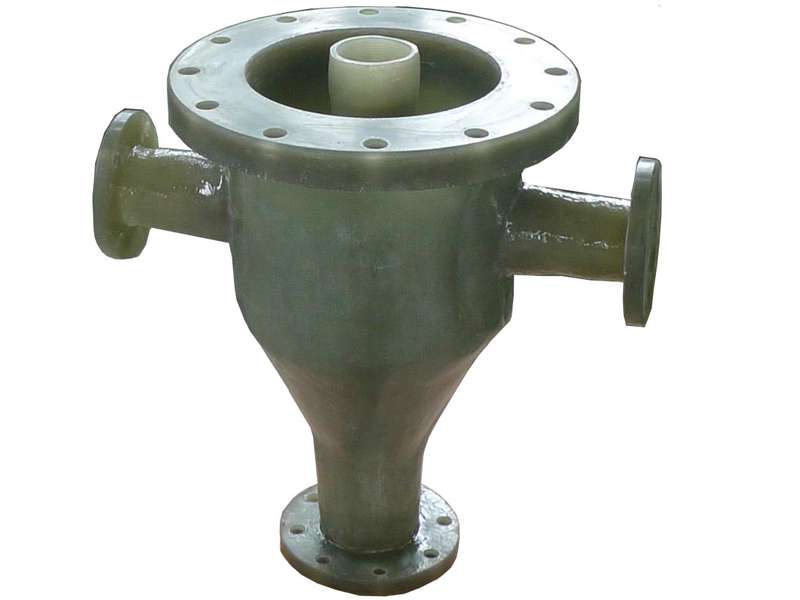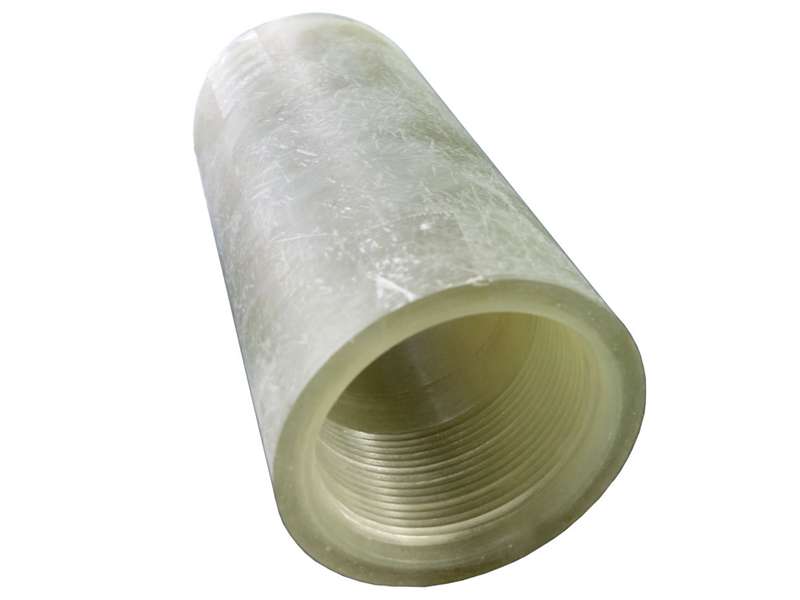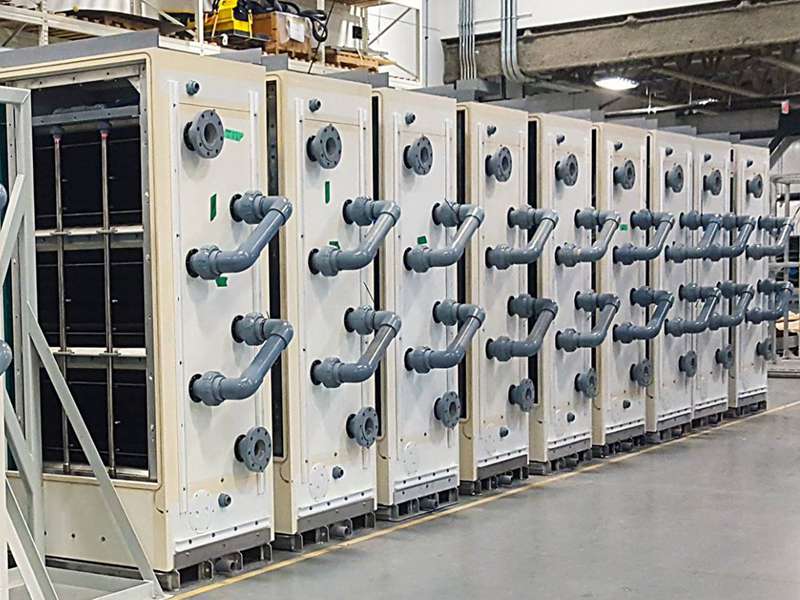
-
 Afrikaans
Afrikaans -
 Albanian
Albanian -
 Amharic
Amharic -
 Arabic
Arabic -
 Armenian
Armenian -
 Azerbaijani
Azerbaijani -
 Basque
Basque -
 Belarusian
Belarusian -
 Bengali
Bengali -
 Bosnian
Bosnian -
 Bulgarian
Bulgarian -
 Catalan
Catalan -
 Cebuano
Cebuano -
 China
China -
 China (Taiwan)
China (Taiwan) -
 Corsican
Corsican -
 Croatian
Croatian -
 Czech
Czech -
 Danish
Danish -
 Dutch
Dutch -
 English
English -
 Esperanto
Esperanto -
 Estonian
Estonian -
 Finnish
Finnish -
 French
French -
 Frisian
Frisian -
 Galician
Galician -
 Georgian
Georgian -
 German
German -
 Greek
Greek -
 Gujarati
Gujarati -
 Haitian Creole
Haitian Creole -
 hausa
hausa -
 hawaiian
hawaiian -
 Hebrew
Hebrew -
 Hindi
Hindi -
 Miao
Miao -
 Hungarian
Hungarian -
 Icelandic
Icelandic -
 igbo
igbo -
 Indonesian
Indonesian -
 irish
irish -
 Italian
Italian -
 Japanese
Japanese -
 Javanese
Javanese -
 Kannada
Kannada -
 kazakh
kazakh -
 Khmer
Khmer -
 Rwandese
Rwandese -
 Korean
Korean -
 Kurdish
Kurdish -
 Kyrgyz
Kyrgyz -
 Lao
Lao -
 Latin
Latin -
 Latvian
Latvian -
 Lithuanian
Lithuanian -
 Luxembourgish
Luxembourgish -
 Macedonian
Macedonian -
 Malgashi
Malgashi -
 Malay
Malay -
 Malayalam
Malayalam -
 Maltese
Maltese -
 Maori
Maori -
 Marathi
Marathi -
 Mongolian
Mongolian -
 Myanmar
Myanmar -
 Nepali
Nepali -
 Norwegian
Norwegian -
 Norwegian
Norwegian -
 Occitan
Occitan -
 Pashto
Pashto -
 Persian
Persian -
 Polish
Polish -
 Portuguese
Portuguese -
 Punjabi
Punjabi -
 Romanian
Romanian -
 Russian
Russian -
 Samoan
Samoan -
 Scottish Gaelic
Scottish Gaelic -
 Serbian
Serbian -
 Sesotho
Sesotho -
 Shona
Shona -
 Sindhi
Sindhi -
 Sinhala
Sinhala -
 Slovak
Slovak -
 Slovenian
Slovenian -
 Somali
Somali -
 Spanish
Spanish -
 Sundanese
Sundanese -
 Swahili
Swahili -
 Swedish
Swedish -
 Tagalog
Tagalog -
 Tajik
Tajik -
 Tamil
Tamil -
 Tatar
Tatar -
 Telugu
Telugu -
 Thai
Thai -
 Turkish
Turkish -
 Turkmen
Turkmen -
 Ukrainian
Ukrainian -
 Urdu
Urdu -
 Uighur
Uighur -
 Uzbek
Uzbek -
 Vietnamese
Vietnamese -
 Welsh
Welsh -
 Bantu
Bantu -
 Yiddish
Yiddish -
 Yoruba
Yoruba -
 Zulu
Zulu
Smart Fittings with GPT-4 Turbo: AI-Powered Precision
Fittings are vital components in industrial and commercial piping systems, enabling reliable connections, flow control, and system adaptability. Their evolution has paralleled advancements in materials science and manufacturing technology, addressing critical needs in petrochemical, metallurgy, water supply, pharmaceuticals, and more. This authoritative deep-dive examines leading Fittings, their manufacturing process, key parameters, vendor landscape, customized solutions, and real-world application case studies—with industry data, graphical analysis, and certified expertise.
The global Fittings market is projected to reach USD 14.2 billion by 2028 (MarketsandMarkets), driven by infrastructural investments, chemical industry expansion, and the growth of high-demand sectors such as oil & gas and water treatment. Notably:
- Increase in demand for advanced Fittings with high corrosion resistance and mechanical strength.
- Trends toward environmentally friendly materials (e.g., FRP, composite, duplex alloys).
- Strict adherence to international standards (ISO, ANSI, ASTM, DIN) for performance and safety.
- Prevalence of smart-connected Fittings compatible with IIoT (Industrial Internet of Things).

| Parameter | FRP Fittings | Stainless Steel Fittings | Carbon Steel Fittings | PVC Fittings |
|---|---|---|---|---|
| Material | Fiberglass Reinforced Plastic (FRP) | SS304, SS316, duplex | A106, A234, A105, etc. | UPVC/CPVC |
| Temperature Range | -40°C to 110°C | -196°C to 600°C | -25°C to 425°C | 0°C to 60°C |
| Pressure Rating | PN6~PN25 | PN10~PN160 | PN10~PN40 | PN6~PN16 |
| Corrosion Resistance | Excellent (against acids, alkalis, salt water) | High (except hydrochloric acid, chlorides) | Limited | Good for water, limited for strong chemicals |
| Life Span | >30 Years | 20–25 Years | 10–20 Years | 8–15 Years |
| Applicable Standards | ISO14692, ASTM D2996/2997, DIN, ANSI | ASME B16.5/9/11, DIN, ISO | ASME, ISO, DIN | ASTM D2466, ISO, DIN |
| Weight (Density) | 1.9 g/cm3 | 7.9 g/cm3 | 7.8 g/cm3 | 1.4 g/cm3 |
The production of high-performance Fittings—such as those at JRain FRP—features rigorous controls for material integrity, precision machining, and extensive end-product testing. Below is the typical manufacturing workflow for advanced Fittings:
- Raw Material Selection
High-purity resin, fiberglass mats (for FRP), or quality steel rounds/billets (metal fittings) are sourced from certified suppliers. - Cutting & Pre-forming
Materials cut to size according to CAD/CAM-derived specifications. - Primary Forming
FRP Fittings: Filament winding, compression molding, and hand layup.
Metal Fittings: Forging, hot-press forming, or CNC machining. - Curing/Heat Treatment
Resin cure (FRP, typically at 60–90°C), or annealing/normalizing (steel) to enhance properties. - Dimensional Machining
Precision machining (CNC, turning, drilling) to tight tolerances (ISO 2768-mK; ±0.1mm typical). - Surface Treatment
Sanding and resin coating (FRP); pickling, passivation, or anti-corrosive coating (metals). - Full Inspection
All products pass tests: hydrostatic, ultrasonic, and dimensional—per standards (ISO 14692, ASTM D2996, ASME B16.9). - Packing & Traceability
Final Fittings are labeled for traceability, packed per ISO 9001, and shipped for deployment.

Why Choose Advanced Fittings?
- Superior Corrosion Resistance: Especially for FRP and duplex stainless steel—ensuring extended lifecycle in aggressive environments.
- Lightweight & High Strength: Composite Fittings offer weight savings up to 70% versus steel, reducing load and installation costs.
- Long Service Life: Certified FRP Fittings offer up to 30+ years of maintenance-free operation (ISO14692 tests).
- Precision Engineering: CNC machining achieves tolerances ±0.1mm; digital inspection records enhance traceability.
- Multi-standard Compliance: Meets ISO, ANSI, EN, and other standards. Can be tailored to customer drawings/codes.
| Top Vendor | Main Product | Certifications | Years in Service | Key Client Sectors |
|---|---|---|---|---|
| JRain FRP | FRP Fittings & Custom Systems | ISO 9001, ISO 14692, ASTM D2996 | 25+ | Petrochemical, Water, Energy |
| Parker Hannifin | Metal & Plastic Fitting Solutions | ASME, ISO, API | 30+ | Aerospace, Oil & Gas |
| Swagelok | Compression Tube Fittings | ISO, ANSI, PED | 40+ | Process, Pharma, Power |
| Victaulic | Grooved Piping Fittings | UL, FM, ISO | 100+ | Fire Protection, Mining |
Most industrial projects require non-standard Fittings for space optimization, chemical compatibility, or process uniqueness. JRain FRP and its peers support:
- Custom dimensions (DN15–DN4000+)
- Angle customization (elbow, tee, lateral, cross, reducers, stub ends, flanges etc.)
- Multi-material and multi-layer design
- Integrated monitoring (sensors, RFID for traceability)
- Special linings: PTFE, anti-abrasive, or food-grade for compliance (FDA, EN 1935/2004)
- Design to client P&ID or 3D model, provided with full CAD documentation & test certificates
Sample custom project: Acid-resistant FRP manifold Fittings for a South Asian fertilizer plant.

Warranty: All deliveries come with a 2-year quality guarantee, extendable to 5+ years depending on project scope.
| Test Parameter | FRP Fittings | Stainless Steel | Carbon Steel | PVC |
|---|---|---|---|---|
| Tensile Strength (MPa) | 130–170 | 480–620 | 370–450 | 52–62 |
| Flexural Modulus (GPa) | 7–11 | 200 | 170 | 2.8 |
| Corrosion Test (ISO14692, hrs; pitting/weight loss) | <0.2% / 1000h | <0.5% / 500h | 2–5% / 400h | <0.7% / 240h |
| Thermal Expansion (μm/m·K) | 24 | 16 | 11.7 | 50 |
| Average Weight (kg/m, DN100/4"") | 2.3 | 6.8 | 7.0 | 1.7 |
- Problem: Stainless steel/piping Fittings failed due to chloride-induced pitting after 2–3 years.
- Solution: Switched to FRP Fittings (ISO 14692-certified), doubled service life, maintenance frequency reduced by 40%.
- Benefit: 25% reduction in TCO, lower downtime, improved water purity.
- Problem: Conventional carbon steel rapidly corroded (sulfuric acid – pH 1.2).
- Solution: Installed dual-laminated FRP-PTFE Fittings, full life: >10 years (per ASTM E84 fire retardance specs).
- Benefit: Regulatory compliance (EPA), 0 leakage incidents, peace of mind for client.
- Problem: Weight and corrosion risks with buried metal Fittings.
- Solution: Adopted composite Fittings (90% lighter, 3x corrosion resistance).
- Benefit: Quick installation, lower crane/transport costs, enhanced lifespan.
Consistent feedback from global clients highlights Fittings from top suppliers like JRain FRP as key to reducing downtime and operational expenditures, especially under extreme environmental stress.
- Delivery Cycle: Standard Fittings typically ship within 7–14 business days; for custom orders, 4–6 weeks post-drawing approval.
- Warranty Commitment: All Fittings include a written quality guarantee (minimum 2 years), with on-site technical support and defect replacement.
- Customer Support: 24/7 hotline, multi-language technical support, remote diagnostics, and rapid logistics tracking.
- Certifications: Company and product certifications: ISO 9001, ISO14692, ANSI/NSF, ASTM. All batches include digital test certificates and traceability.
- Reputation: Partnered with top EPC companies and engineering design institutes globally; proven project performance in water, chemical, and energy industries.
- MarketsandMarkets. "Global Pipe Fittings Market by Material & Application: 2023–2028." [Source]
- PipelineMonitor.com. "Pipe Fittings Vendor Ranking: Technical and Quality Comparison." [Source]
- ASME, ISO, and ASTM International Standards for Pipe Fittings. [ASME Standards]
- FRP Fittings Industrial Applications – Eng-Tips Forums
- Scholarly Review: Composite Pipe Fittings Longevity in Offshore Installations, ScienceDirect
Latest news
-
Large Size Field Tanks with AI-Powered EfficiencyNewsAug.01,2025
-
Premium Ladders & Handrails | AI-Safety with GPT-4-TurboNewsJul.31,2025
-
Smart Fittings with GPT-4 Turbo: AI-Powered PrecisionNewsJul.31,2025
-
Steps: Simple Solutions for Every ProcessNewsJul.30,2025
-
Other Products for Versatile Solutions – Quality & InnovationNewsJul.29,2025
-
High-Efficiency Winding Machines for Pipes & Tanks - Precise & Durable SolutionsNewsJul.29,2025









